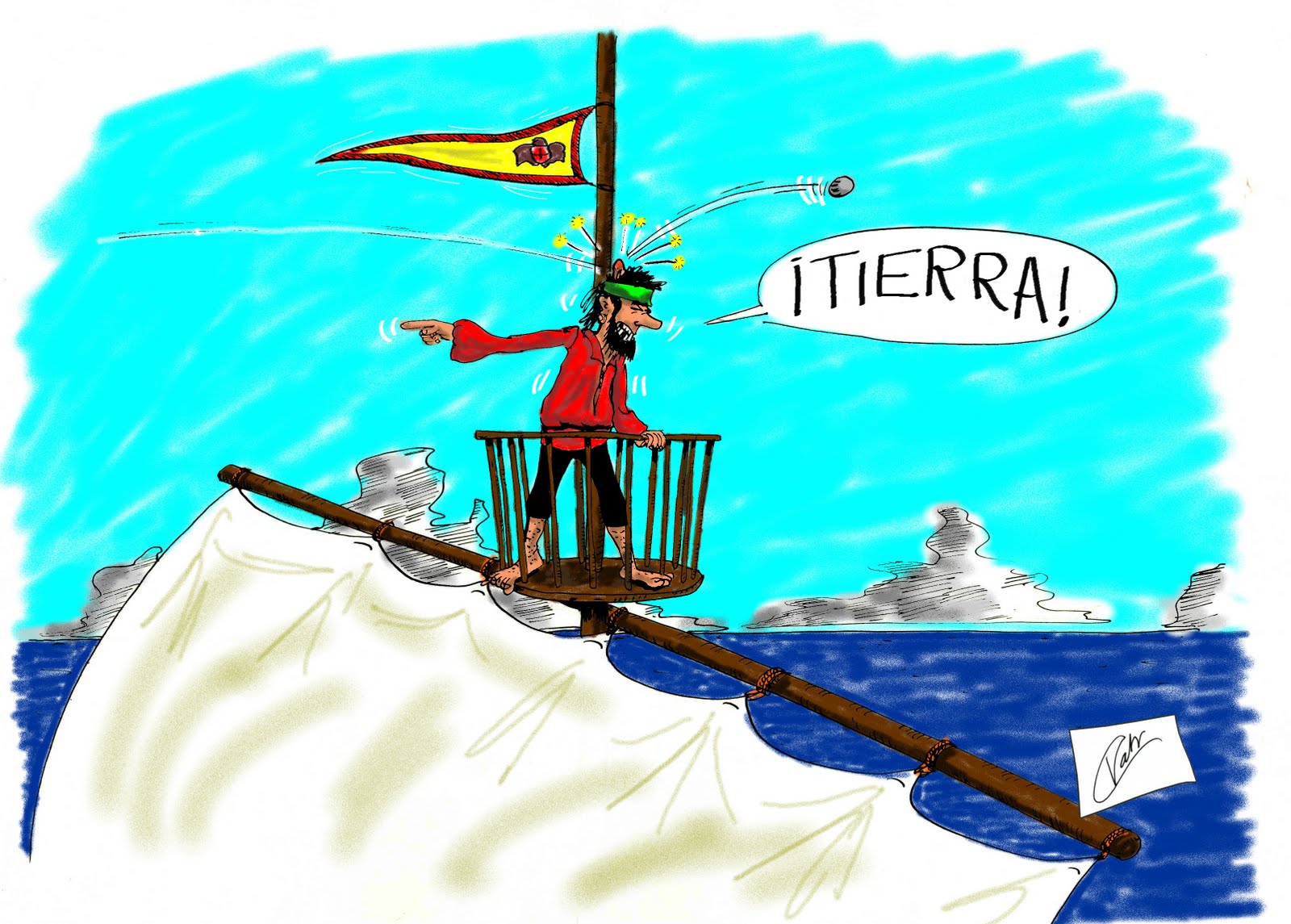Three things …
First, I essentially copy and paste about 30% - 40% of the APODs, do a little editing, almost invariably add my “tutorials,” and send them on to a large number of friends, including quite a few young folks. One of my prejudices is that giving distances in light years is not very informative to novices who want to know about astronomy but don’t have the “requisite” technical backgrounds.
By way of example, the explanation above says “a mere 20 light-years away …” So we’re talking about a planet that possibly sustains life and it’s “just over there on the next block.” To make that distance a bit more meaningful to my readers, I edit it thusly …
“a mere 20 light years (i.e., 745,639 Astronaut Years) away …”
Most of my readers have difficulty interpreting how long it takes something traveling at the speed of light to traverse a certain distance, but an AY is the length of time it would take a crew of astronauts traveling at the maximum cruising speed of a space shuttle – and that’s the best we’ve done so far – to travel from Earth to the given object.
When APOD says “a mere 20 LY away,” an uninitiated reader might think, “Oh, WOW! … we’ll probably be exploring that place before long." But when you envision it as 745,639 AY, that casts it in a little different light … pun intended.
Oh yes – and I apologize to everyone for this – I convert everything to English units before sending the explanations on.
Second – and this may seem to be a bit off the subject – I have often thought about the prospect of using unusual force (like a nuclear weapon) to keep a “rogue” nation (like North Korea) from exacting unimaginable damage to another nation. I don’t know what it says about me, but I can imagine circumstances in which I could support that.
By the same token, however, I think we should consider annihilating with nuclear force any installation on Earth whose purpose is transporting life from this planet to another planet (even in “our” solar system). The quite awful damage that North Korea, for example, might inflict on another nation pales in significance to the damage
homo sapiens could – and, I think, probably would -- inflict on another planet.
The extent to which we have taken the quite lovely planet, Earth, and screwed it up almost beyond recognition is reason enough not to turn us loose on other destinations in the Universe. “The moon is enough!” I say, “
Enough!!!” When we learn to get along with each other and when we come to appreciate the importance, practices, and procedures of stewardship here on Earth; only then should we think about visiting other planets. What we don’t need is a bunch of macho jerks – and we have waaaaay more than our fair share of that species -- rushing off to Mars or Zarmina's World to either (1) exploit it for our purposes or (2) establish an outpost there because we have completely botched up our opportunities here and are looking for an escape. There are much worse outcomes in this Universe than the extinction of
homo sapiens.
The prospect of there being planets about the Universe (besides Earth) that sustain “life” was thought to be a low probability event (in a relative frequency sense) just a few decades ago. But now we are apparently even finding some. Of course finding planets with “intelligent life” – whatever that might mean – is another matter altogether. And I think, given my first comment above, the (probably) non-intelligent life on Gliese 581 – assuming there is any – has little to fear from us for at least a few centuries … and, I hope, for the next 5 billion years.
Check out this wonderful Randall Monroe xkcd cartoon …
http://xkcd.com/786/
R,W, Hoyer
 Zarmina s World
Zarmina s World

